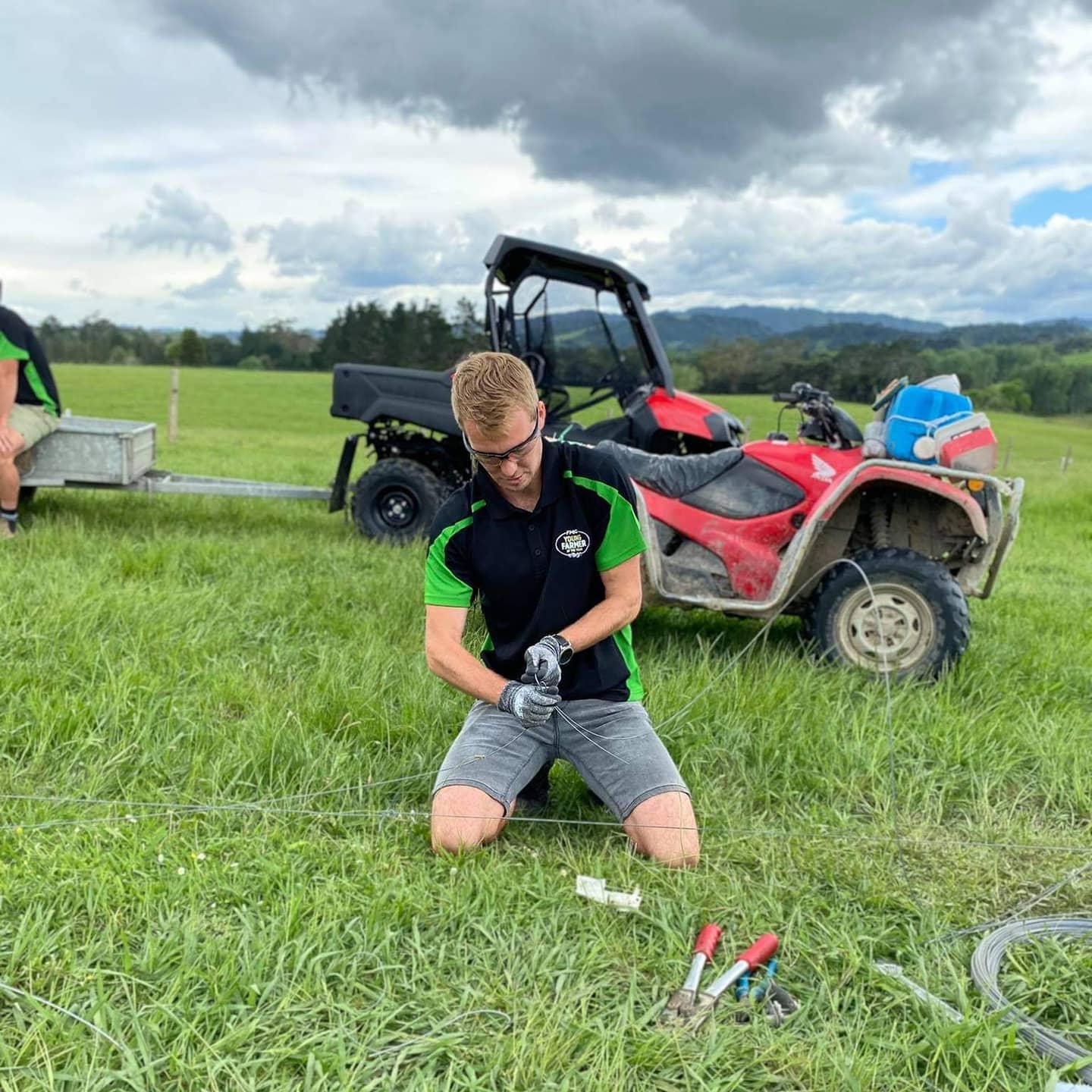Editor’s Note: Jack Keeys is a specialist agri-food consultant based in New Zealand with a background in business, science, and technology. Jack is currently a director of Implementation at The Aotearoa Circle, the founder of two early-stage agri-food startups, and actively involved in several groups including IFAMA, Young Farmers, and Asia New Zealand Foundation.
Agriculture is the beating heart of New Zealand.
It’s the lifeblood of the country’s economy; it dominates the beautiful and biodiverse landscapes of the nation and is one of the most common threads between our international connections.
New Zealand is also a country where an innovation mindset is the default – through indigenous inspiration, on-farm creativity, or the determination of every kiwi to have their own side hustle.
Colliding agriculture and entrepreneurship, New Zealand has established its agri-innovation ecosystem with a foundation that leverages a breadth and depth of technical talent, multiple layers of resourcing support through both public and private agencies, and several competitive advantages (including being resource-rich, having favourable climate conditions, and a strong global reputation).
So why is New Zealand still not delivering on its full potential as an agri-innovation ecosystem?
It’s a train with plenty of carriages, but no door, and no directions
Trying to enter the New Zealand start-up ecosystem as an entrepreneur is like scrambling through the window of a moving train. You can use any carriage, but you’ll often have to self-navigate up and down the train. Sometimes there’s quite a leap between carriages which can be a big risk for the early-stage innovator. And with no directions, you don’t really know what direction you’re heading, let alone what the end destination is.
The train carriages are the national framework of innovation support, which includes organisations and funding such as: AGMARDT providing up to $30,000 seed funding, Callaghan Innovation grants funding summer internships, post-graduate student salaries and innovation spending, and Sustainable Food and Fibre Future’s Fund, the country’s largest co-investment fund giving away $40m per year for projects ranging from less than $100,000 to multi-million dollar tickets.
The ecosystem also has an excellent specialist agrifoodtech accelerator, Sprout; access to marketing and export resource through Government agencies such as New Zealand Trade and Enterprise and New Zealand Story; and industry hubs such as FoodHQ and Food Innovation Network that includes product development facilities and expertise.
But where do you start between these dozen or more organisations and agencies; how do you navigate between them all; and perhaps most importantly, what happens at the end of your journey? Currently, there is no seamless integration and no clear exit or pathway past the first few hundred thousand or million dollars of research support.
This leaves a glaring gap in scaling success, particularly in enabling access to the more substantial levels of capital that are required for growing a truly international agri-innovation business.
New Zealand’s opportunity is to create a clear agri-innovation journey with a strategic entry and exit point to the innovation ecosystem, connecting with the domestic and international investment community along the end of the innovation pipeline.
It’s built a train rather than an airplane.
A network of railway tracks anchors most of the innovation ecosystem in New Zealand, rather than leveraging the enormous opportunity for flying overseas to leverage international collaboration and connection. There is a strong focus on solving domestic problems, with domestic solutions and domestic research, talent, and funding. When we do look for international insight, it’s often to replicate other models, rather than embrace the country’s opportunity to carve its own international innovation identity. This self-imposed external blind spot is relevant right down to the emphasis and criteria of funding grants that incentivise risk-averse pathways and scientific analysis often before any consideration is given to the end market or consumer.
For example, an entrepreneur could access hundreds of thousands of dollars for compositional analysis and product development but struggle to find $5,000 for in-market research – a model that needs to be flipped on its head to meet the demands of ever-changing discerning consumers.
New Zealand’s opportunity is to promote every entity of the innovation ecosystem to establish genuine and meaningful connections with its international counterparts. This would instantly scale a domestic ecosystem to a truly internationally integrated network, empowering global market connections and bi-directional travel of entrepreneurial talent.
We’re trying to run a bullet train on the budget of an old steam engine.
New Zealand only spends around 1.4% of its GDP on research and development (R&D), far below the OECD average of closer to 2.4%, and some of its agri-innovation counterparts such as Israel at a world-leading 5%.
This comparative lack of R&D funding is observed both in low Government funding, and also relatively low investment in internal or venture capital spending by large agribusinesses that dominate the New Zealand agri-sector.
With this limited funding, the country does punch above its weight in papers published, products developed, and startups created. However, it’s missing out on turbo-charging this R&D impact and the scale of businesses that could deliver significant economic contributions to the country, and deliver greater positive international impact.
New Zealand’s opportunity is for both the public and private sector to make an intentional commitment to scale innovation investment to a much greater level of ambition, and at the very least – match the investment of its peer nations.
Agriculture is the beating heart of New Zealand.
It has many components of a world-leading agri-innovation ecosystem, and with some strategic collaboration, international connection, and investment commitment – it may just get there.




